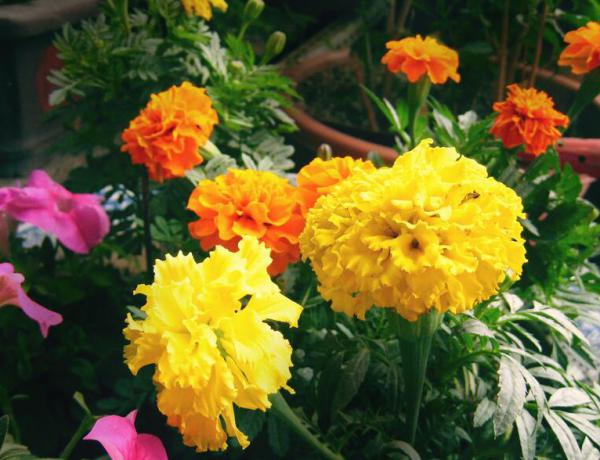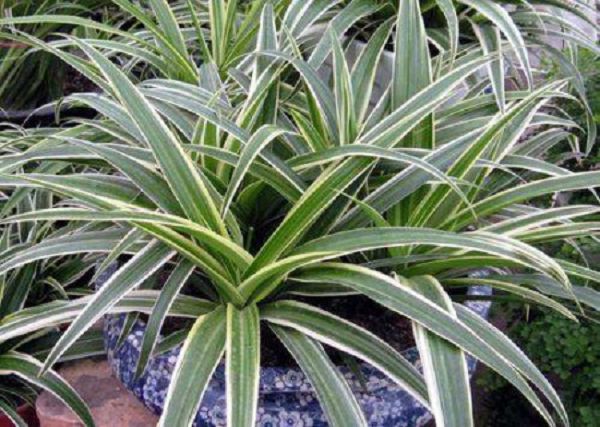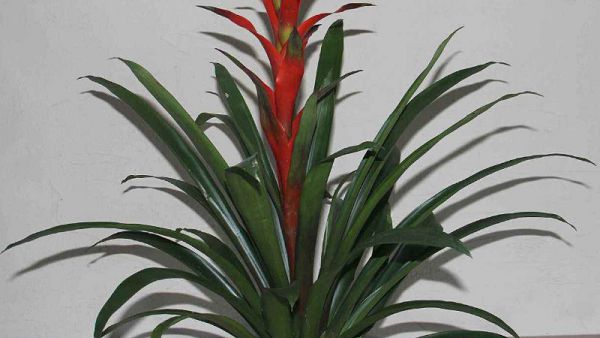How to reproduce marigold? Propagation methods of marigold

Marigold, also known as "yellow hibiscus", is an annual herb, which is classified into the genus Asteraceae and belongs to a subdivided variety of chrysanthemum. The florescence is mainly distributed from June to September, and the whole florescence occupies more growth time. When the flowers bloom, the heads grow only at the top of the branches, coupled with bright colors, bringing a higher ornamental experience performance. Whether it is the balcony at home, or the park, greening, are inseparable from its elegant plant posture.
When marigold blossoms, there are many changes in flower shape, creating a strong visual impact effect, and become one of the favorite flower varieties in the hearts of flower friends. It is bought from the market at the time of flowering every year, but at the end of the flowering period, the whole plant will wither away and end its life. For flower lovers, it will inevitably bring a touch of sadness.
In fact, we can choose another way to keep the longevity of marigold, then it is to prolong life through sowing and reproduction. Around September, flowers will enter the fruit ripening period. At this time, pick healthy and full seeds, store them in a dry and ventilated position, wait until the right time and place, and then sow and reproduce.
First, why should marigold sow and reproduce?
Marigold is an annual flower plant. What is annual? That is, after a series of growth processes such as sowing, growth, flowering and fruit are completed, the whole content of life will be completed, and then it will enter a state of withering and death, that is, a plant that completes its life cycle in a growing season. The process takes about eight months.
Because after the end of the fruit each year, the plant will end its life; if you want to enjoy the beautiful flowers in the coming year, you have to reproduce by sowing. In fact, for marigold, it can also be propagated by cutting, but for individuals, the effect of cutting propagation is low, the survival rate is not high, and so on.
Second, the advantages of marigold sowing?
For annual flowers and plants, most of the growth genes like warmth, fear of cold; and strong drought resistance, taboo soil water, the overall maintenance needs to be very meticulous. If you choose other ways of reproduction, then it will be prone to root rot, florescence is more difficult to control the phenomenon.
Therefore, by sowing and propagating marigold, the survival rate of reproduction can be improved and the flowering time can be better controlled. In addition, for friends who plant in a large area, they can also reduce the investment of labor and funds, and maximize the benefits of planting.
Third, when to sow marigold can improve the survival rate?
Marigold is native to Mexico with a warm climate, and its long-term growth environment has formed a growth gene that likes warmth and fears the cold, and the flowering period is mainly distributed from July to September. If we choose the inappropriate season to sow and reproduce, it will not only delay the arrival of flowering, but also reduce the survival rate of sowing.
Therefore, we need to choose not only the season that conforms to the flowering season, but also the season with a mild climate. According to the characteristics of the four seasons, spring is chosen for sowing and reproduction, which can blossom as scheduled, and a warm climate can promote germination. For the warm south, it is possible to sow and reproduce in February; for the cold north, it is necessary to wait until April to avoid freezing the seedlings.
Note that the frequency of rain in spring is more frequent, choose rainy days for sowing and reproduction, then it will be prone to excessive dampness, thus infecting bacteria and reducing the survival rate of seed germination. Personally, I think that choosing a warm and sunny season and sowing indoors can avoid the changeable climate and avoid accidents.
Fourth, how to sow marigold?
The sowing and reproduction of marigold is relatively simple, as long as the soil and seeds are in a state of high quality, then it can bring a higher germination survival rate. Although this is the case in theory, when some flower friends are sowing and propagating, the overall seed survival rate is relatively low. In fact, the main reason for the failure of seed germination is that part of the detailed sowing work is not in place. Next, let's discuss how to sow and reproduce.
1. Soil: soil is the basis for the survival of seeds, which needs to meet the conditions of loose ventilation, free of diseases and insect pests and strong moisturizing ability. If you choose rough, disease and insect, dry soil for sowing, then there will be seeds withered, thus unable to germinate. Therefore, it is necessary to make sowing soil with loose air permeability and strong moisturizing ability; in addition, loose ventilation can be done by turning or loosening the soil.
① open-field sowing: open-field sowing is aimed at large-scale planting flower fields, according to the shallow physiological characteristics of marigold roots, the soil depth is controlled at about 22 cm, too deep and too shallow all hinder seed germination. The climatic characteristics of the southern region are different, the southern climate is humid, choose a higher location to sow seeds, can avoid stagnant water soaking seeds. If the climate is dry in the north, sowing in a lower location can get a better moisturizing effect and prevent the seeds from drying and withering.
② indoor pot sowing: indoor sowing is aimed at family balcony planting, according to the shallow physiological characteristics of marigold roots, the depth of the flowerpot is medium, too deep and too shallow is not good to control moisture. Using the way of indoor pot sowing, the soil and dry humidity can be controlled artificially, and the survival rate is relatively high, but without the nourishment of natural climate, the rough rate of seedling emergence is lower than that of open field sowing.
2. Sowing: sowing is to spread marigold seeds evenly on the surface of the soil. For open-field sowing, slightly cover a thin layer of soil, which is conducive to water storage and improve the survival rate of seeds. For indoor pot sowing, the surface does not need to be covered with shielding, so that it can grow naturally. In addition, whether sowing in the open field or indoor pot sowing, it is necessary to moisten the soil in advance to avoid the reverse absorption of water and nutrients from the seeds.
5. Maintenance and management of marigold after sowing?
1. Lighting: marigold likes sunny growth environment, and it is very taboo to grow in a dark position for a long time, but for sowing, shading maintenance measures need to be taken to promote seed germination and emergence. After the seedlings are unearthed, the blocking objects are cleaned manually so that they can receive enough soft light and bring exuberant growth.
2. Moist: sowing and reproduction are very particular about wettability, and a little dryness in the soil will affect the germination of seeds, so appropriate maintenance methods are needed to maintain the wettability of the soil. For pot sowing, when the soil is dry, use a fine-hole spray can to spray away from the soil to avoid strong soil plates. For open-ground sowing, it can be combined with ditch sowing, and it also belongs to a kind of direct seeding.
When will marigold be transplanted and planted?
1. Transplant: because the seeds of marigold are relatively small, the distance when sowing is relatively small. If the seedlings are not transplanted several times after emergence, there will be malnutrition and uneven light, thus hindering the growth of the seedlings. Therefore, we wait until the seedlings grow to about 4 true leaves before transplanting.
Note: seedling transplantation is more taboo water loss, if there is serious water loss, then it will lead to withering and death. Therefore, you need to plant while transplanting, and spray some water on the seedlings at the same time.
2. Planting: after a transplant, the seedlings can basically enter the stage of reproductive organ maturation, and when they are about to blossom, they can be moved to flowerpots, gardens and flower beds for planting. For families, colonization can be carried out at the time of transplantation.
In conclusion, marigold seeds do not need to be treated before sowing, which can also bring a higher emergence rate, which is the main reason why flower friends fall in love with sowing and reproduction. In fact, for annual or biennial flowers and plants, it is more common to take seed sowing. If you want to advance flowering, sow seeds indoors; if you want to delay flowering, postpone sowing indoors, which is easier to control. Liangzi above to share his sowing experience, hope that flower friends give more advice.
Related
- Fuxing push coffee new agricultural production and marketing class: lack of small-scale processing plants
- Jujube rice field leisure farm deep ploughing Yilan for five years to create a space for organic food and play
- Nongyu Farm-A trial of organic papaya for brave women with advanced technology
- Four points for attention in the prevention and control of diseases and insect pests of edible fungi
- How to add nutrient solution to Edible Fungi
- Is there any good way to control edible fungus mites?
- Open Inoculation Technology of Edible Fungi
- Is there any clever way to use fertilizer for edible fungus in winter?
- What agents are used to kill the pathogens of edible fungi in the mushroom shed?
- Rapid drying of Edible Fungi



